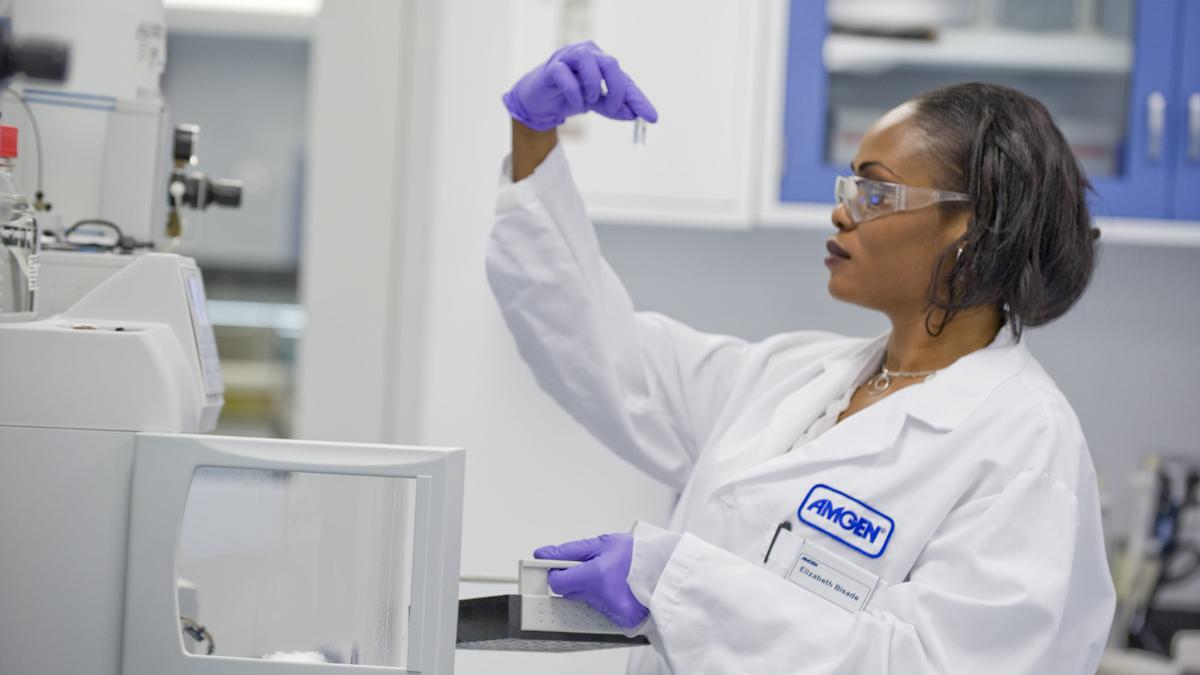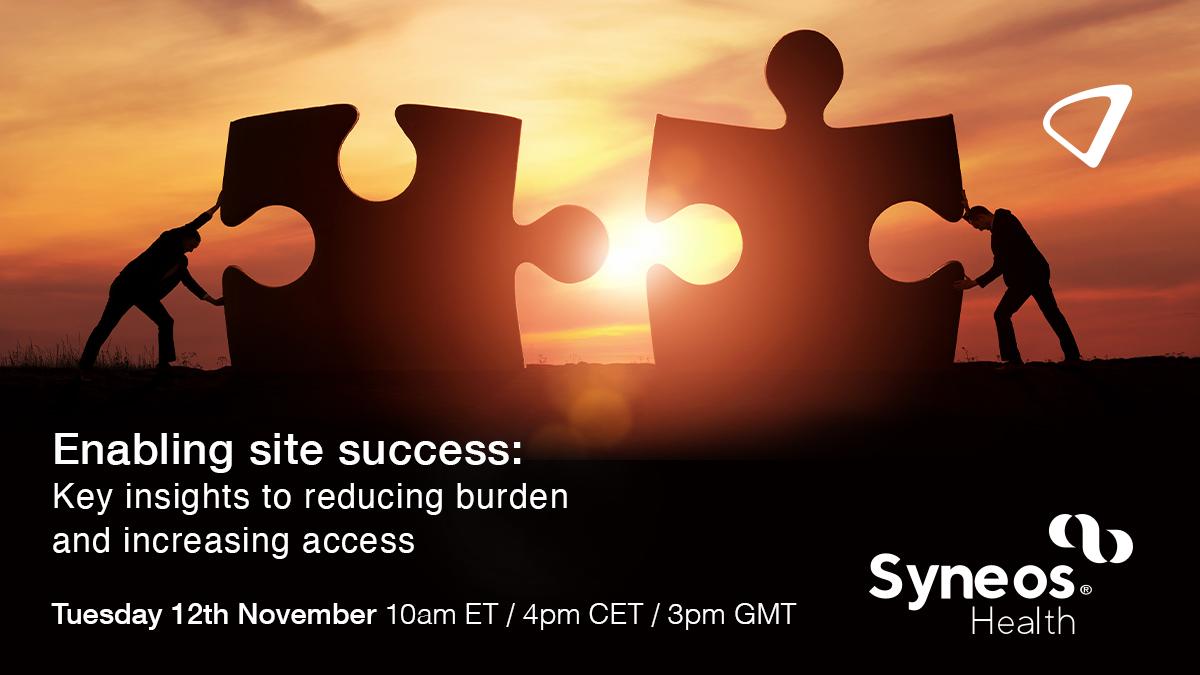A pain in the… shoulder?

In our musculoskeletal disorders themed month, Dr Sarah Rosen offers an insight into musculoskeletal injuries and the Paralympics.
Last year's London Paralympic Games was met with astonishing and overwhelming enthusiasm. Whether you were watching from the Olympic Stadium, the Copper Box, or simply your sofa at home, you could not help but be captured by the impressive achievements of the Paralympic athletes.
It was roughly 60 years ago that the Paralympic Games had its modest beginnings at Stoke Mandeville Hospital. The inspiration came from Dr Ludwig Guttman, a director at the hospital and survivor of Nazi Germany, passionate about using sports therapy to improve the lives of World War II veterans. Coinciding with the Olympics, Dr Guttman organised the Stoke Mandeville Games, a small competition for 16 British soldiers with spinal injuries in July 1948. This soon grew into a hugely popular and international event, and only twelve years later the Paralympic Games was born.
From the 16 World War II veterans in 1948 to over 4000 athletes in 2012, the Paralympic Games has grown tremendously in both size and interest. Last year, over 2.7 million tickets were sold for spectators of the Paralympics Games, with billions also tuning in on TV.
"We can only love what we understand"
The British gold-medallist Paralympian swimmer Giles Long MBE believes the snowballing interest in the Paralympic Games is partly due to an increased understanding. For this reason Giles invented Lexi, an innovative graphics system that explains the confusing Paralympics classification system:
"The Lexi system illustrates quickly, concisely and precisely what disabilities you'll see in race and why they're grouped together. People like watching sport because they understand it...so this helps with increased audience engagement."
"The need to prevent musculoskeletal damage is incredibly important for not only the health, but also the career of top level athletes."
Of course Giles' glittering Paralympic career, competing in three consecutive Paralympic Games (and winning a medal in the 100m butterfly at each) may just also be a big reason us Brit's begun to develop such an interest. Giles has now successfully passed this baton of optimism onto 2012's sporting heroes, including Ellie Simmonds and Jonnie Peacock.
Musculoskeletal injury
Last year, it was the world records, the split second time differences and the underdogs that caught the public's attention and made the newspaper headlines. However, a rare glimpse into the less glamorous side of the Paralympic Games was highlighted by Houssein Omar Hassan. The world watched as Hassan valiantly hobbled and battled his way through a 1500m track race after suffering from a painful foot injury.
Remarkably in the 2012 Paralympics, it was reported that 17–90% of athletes (across all sports) suffered from injury.1 Of these injuries, musculoskeletal injuries were by far the most common:1
• 50.2% of all injuries were upper limb injuries
• 17.7% of all injuries were shoulder injuries
• 11.4% of all injuries were wrist / hand injuries
• 8.8% of all injuries were elbow injuries
Prevention and treatment
"All athletes should be working on injury prevention. In a muscular sense we should be doing things like strengthening the rotator cuff in our shoulder, improving core stability...Working on increasing the strength of muscles that tend to hold joints together, rather than just the big muscles that control movement" – Giles Long
"...with the global market for musculoskeletal disease estimated to be worth $45 billion in 2009 and expected to reach $57 billion by 2014."
The need to prevent musculoskeletal damage is incredibly important for not only the health, but also the career of top level athletes. However the requirement to carry out the same repeated motions in training means that such avoidance is becoming increasingly difficult. It is no coincidence that musculoskeletal injuries include conditions aptly named Tennis or Golfer's elbow.
In the absence of prevention, musculoskeletal treatments are becoming ever more important. This is not something that has escaped the pharmaceutical industries' attention, with the global market for musculoskeletal disease estimated to be worth $45 billion in 2009 and expected to reach $57 billion by 2014.2
NSAIDS
In athletes, NSAIDs (non-steroidal anti-inflammatory drugs) have become one of the most commonly used drugs, due to their role in relieving pain and suppressing inflammation. But despite their popularity, a fifth of athletes have reported adverse effects linked with their use.3 These effects and concerns have also been heavily publicised in scientific journals and the media.
In order to combat the current negative press surrounding NSAIDs, as well as the strong generic competition in the market, pharmaceutical companies are developing products and strategies to deal with these issues.
One such approach has been the development of topical NSAIDs. The popularity of which is largely due to the fact that they counteract the concerns around unwanted side effects commonly associated with NSAIDs (such as stomach, heart, kidney or liver problems) by targeting individual joints.
Additional advances in protective agents against NSAIDs, flexible dosing and targeted therapies suggest that the pharmaceutical companies are ready for the potential change in this market. Soon it may well be the question of who is leading this race... the athletes or the pharmaceutical companies?
References
1. Willick S., et al., The epidemiology of injuries at the London 2012 Paralympic Games, Br J Sports Med, 2013.
2. Therapeutics and Biomaterials for Musculoskeletal Disease: Global Markets, BCC Research, 2011.
3. Alaranta, A. et al., Ample use of physician-prescribed medications in Finnish elite athletes. Int J Sports Med., 2006.
The next article from Branding Science will be published on 19th August.
About the author:
Dr Sarah Rosen, PhD is a Research Executive at Branding Science in London. She joined Branding Science in 2012 after completing her PhD in Health and Disease at Imperial College London.
Dr Rosen looks forward to hearing from you at Sarah.Rosen@Branding-Science.com. Why not follow Sarah and others on the Branding Science Twitter account – we'd love to hear from you!
How do you see the NSAID market developing?





